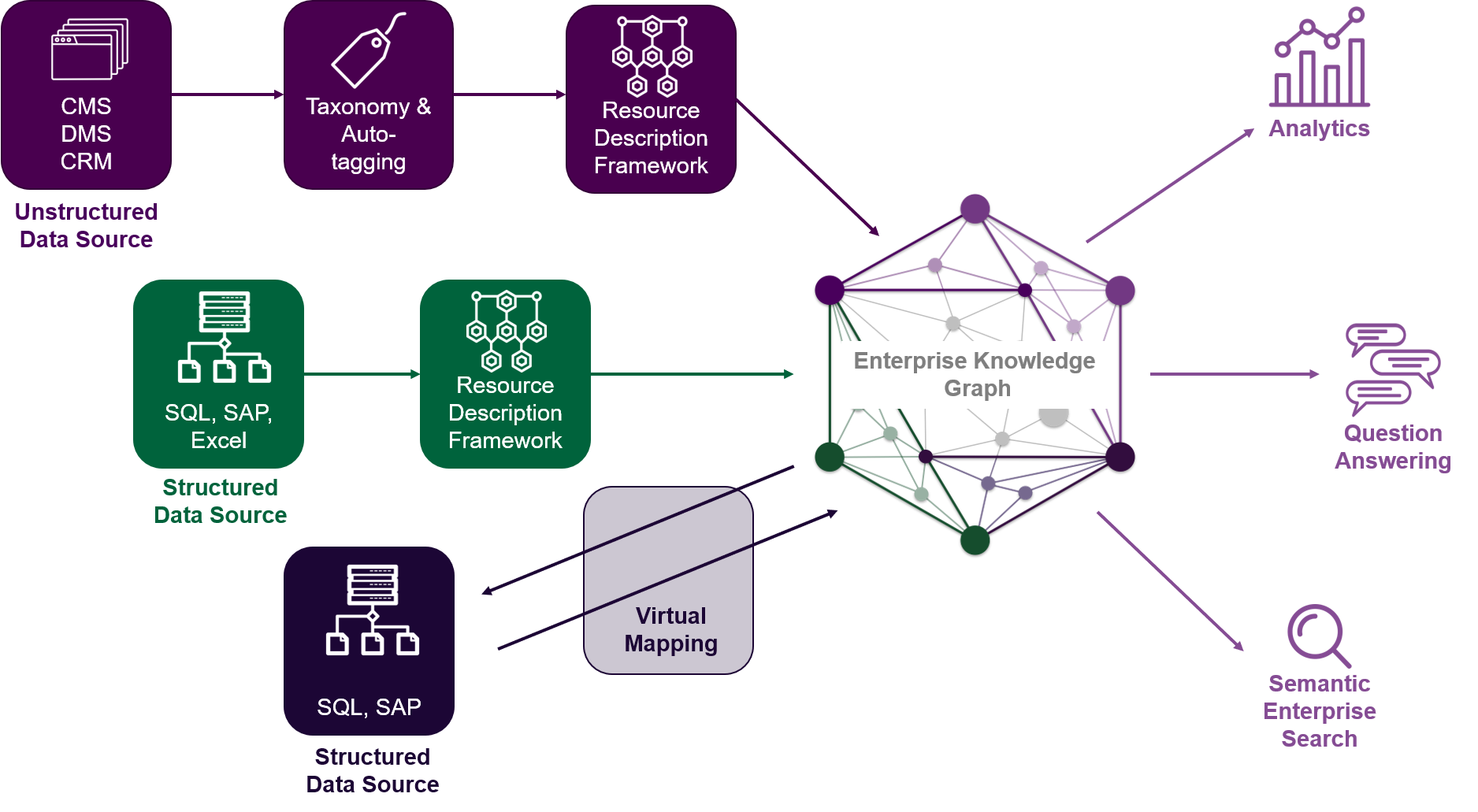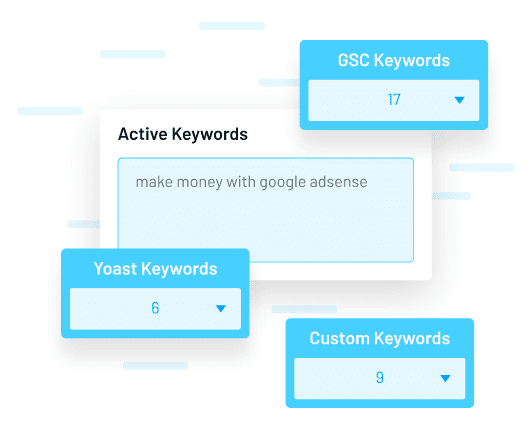
In the ever-evolving world of digital marketing, staying ahead of the curve is essential. One of the most powerful tools available to content creators today is the knowledge graph—a structured representation of information that connects entities, relationships, and concepts in a way that mirrors human understanding. As search engines like Google become more sophisticated, leveraging knowledge graphs can significantly enhance your blog’s visibility, engagement, and overall performance.
This article will guide you through how to effectively use knowledge graphs in blogging, focusing on practical strategies, real-world examples, and tools that can help you implement these techniques. Whether you’re an experienced blogger or just starting out, this step-by-step approach will help you harness the power of knowledge graphs to boost your SEO and audience interaction.
What Is a Knowledge Graph and Why It Matters
A knowledge graph is a database that organizes information into a network of interconnected entities, such as people, places, products, and concepts. Unlike traditional databases that store data in rigid tables, knowledge graphs represent information in a way that reflects real-world relationships. This makes them ideal for understanding complex topics and improving how search engines interpret and rank content.
For bloggers, knowledge graphs offer several advantages:
- Enhanced Context: By connecting related topics, you provide search engines with a clearer understanding of your content.
- Improved Relevance: Search engines can better match your content to user intent by recognizing the relationships between different entities.
- Better Visibility: Structured data helps your content appear in rich snippets, featured answers, and other high-value positions.
Google, for example, uses its own knowledge graph to power features like the “People Also Ask” section and the “Knowledge Panel.” By aligning your content with these structures, you increase the chances of appearing in these prominent spots.
How Knowledge Graphs Impact SEO Performance
The impact of knowledge graphs on SEO goes beyond just keyword optimization. Here are a few key ways they influence your blog’s performance:
1. Semantic Understanding
Search engines are moving away from simple keyword matching toward semantic understanding. A knowledge graph allows your content to be interpreted in context, making it easier for search engines to recognize when your blog is relevant to a given query.
2. Improved Dwell Time and Engagement
When users find your content more relevant and informative, they’re more likely to stay on your page longer. This increases dwell time, a key factor in Google’s ranking algorithm.
3. Rich Snippets and Featured Answers
By structuring your content with schema markup and entity-based links, you increase the likelihood of appearing in rich snippets and featured answers. These positions often receive higher click-through rates and can drive significant traffic to your site.
4. E-E-A-T (Experience, Expertise, Authoritativeness, Trustworthiness)
Knowledge graphs help establish your authority by showing that your content is well-connected to credible sources and expertly structured. This can improve your E-E-A-T score, which is critical for ranking in competitive niches.
Step-by-Step Implementation Framework
Implementing knowledge graphs in your blogging strategy doesn’t have to be overwhelming. Follow this actionable framework to get started:
1. Define or Audit the Current Situation
Before you begin, take stock of your current content and structure. Identify the main topics, keywords, and entities you’re covering. Tools like Ahrefs, SEMrush, or Google Analytics can help you analyze your existing content and identify gaps.
- Actionable Tip: Use a tool like TextRazor to extract key entities from your current blog posts and see what connections exist.
2. Apply Tools, Methods, or Tactics
Once you understand your content landscape, start building or enhancing your knowledge graph. Here are some effective methods:
- Schema Markup: Implement structured data using schema.org to define entities and their relationships. For example, use
@idto link related entities across pages. - Entity-Based Internal Linking: Instead of linking based solely on keywords, use entities as anchor text. This helps search engines understand the context of your content.
- External Entity Connections: Link your content to external references like Wikidata or Wikipedia using the
sameAsproperty. This adds credibility and context.
3. Measure, Analyze, and Optimize
After implementing these changes, track their impact using tools like Google Search Console, Analytics, and Rank Tracking platforms. Look for improvements in:
- Click-through rates (CTR)
- Dwell time
- Featured snippet appearances
- Organic traffic growth
Use A/B testing to experiment with different entity-based strategies and refine your approach over time.
Real or Hypothetical Case Study
Let’s look at a hypothetical case study to illustrate the impact of knowledge graphs in blogging.
Scenario: A tech blog focused on AI and machine learning wants to improve its SEO and engagement.
Implementation Steps:
– Used TextRazor to identify key entities in their articles.
– Added schema markup to connect entities like “AI ethics,” “machine learning,” and “deep learning.”
– Linked internal pages using entity-based anchors (e.g., “AI ethics” instead of “ethical considerations”).
– Connected to external references like Wikipedia and Wikidata.
Results:
– Increased CTR by 25% within three months.
– Appeared in featured snippets for 10+ high-intent queries.
– Improved engagement metrics, including a 15% increase in average session duration.
This case study shows how a well-structured knowledge graph can transform your blog’s performance, even in a competitive niche.
Tools and Techniques for Knowledge Graphs
Here are some of the best tools to help you build and manage knowledge graphs for your blog:
- TextRazor – Identifies key entities and their relationships in your content.
- WordLift – Automates schema markup and entity linking.
- Screaming Frog – Helps generate JSON-LD schema at scale.
- Neo4j – A powerful graph database for advanced knowledge graph management.
- Google Colab + DistilBERT – For analyzing sentiment and extracting topics from your content.
Each of these tools can play a role in helping you create a more connected, semantically rich blog.
Future Trends and AI Implications
As AI continues to evolve, knowledge graphs will become even more integral to SEO and content strategy. With the rise of semantic search, multimodal search, and voice assistants, the ability to structure and connect information will be more important than ever.
Google is already investing heavily in knowledge graphs, and we can expect to see more features that rely on this structured data. For example, future updates might allow search engines to pull information directly from your knowledge graph, rather than just crawling your website.
To stay ahead, consider:
– Building a comprehensive knowledge graph for your brand.
– Using LLMs to automatically identify and link entities.
– Preparing for voice and multimodal search by optimizing for conversational and visual queries.
Key Takeaways
- Knowledge graphs help search engines understand your content in context, improving visibility and relevance.
- Schema markup and entity-based internal linking are powerful tools for structuring your blog.
- Tools like TextRazor, WordLift, and Neo4j can simplify the process of building and managing knowledge graphs.
- Future trends like semantic and voice search will make knowledge graphs even more critical.
- Start small, measure results, and continuously refine your approach.
If you’re serious about boosting your blog’s SEO and engagement, it’s time to embrace the power of knowledge graphs. The future of search is not just about keywords—it’s about meaning, context, and connection.
Meta Title: How to Use Knowledge Graphs in Blogging for Better SEO and Engagement
Meta Description: Learn how to leverage knowledge graphs in blogging to boost SEO, engagement, and search visibility. Practical steps and tools for 2025.
SEO Tags (5): knowledge graphs, SEO, blogging, entity SEO, structured data
Internal Link Suggestions: Parameter #12: Schema Markup, Parameter #18: Semantic SEO
External Source Suggestions: https://developers.google.com/search/docs/, https://www.textrazor.com/






